K LINE Strengthens Wind-Powered Solutions with AIRSEAS Acquisition
The Japanese shipping firm Kawasaki Kisen Kaisha (abbreviated as the “K” LINE), after promoting for several years the kite system concept to offer a untie element of wind propulsion to huge bulkers, has reported that it has bought the company Airseas of France. This business is spearheading the tech development.
The Japanese firm has been in touch with Airseas, working together from 2019 onward, and has also ordered demonstration units to install a kite system on about 51 vessels. “K” Line established Oceanicwing as a subsidiary and, on February 15th, finalized the transaction in France. The company claims that the acquisition, for which the cost of buying it was undisclosed, was made to further the creation and marketing of the automated kite system known as “Seawing.”
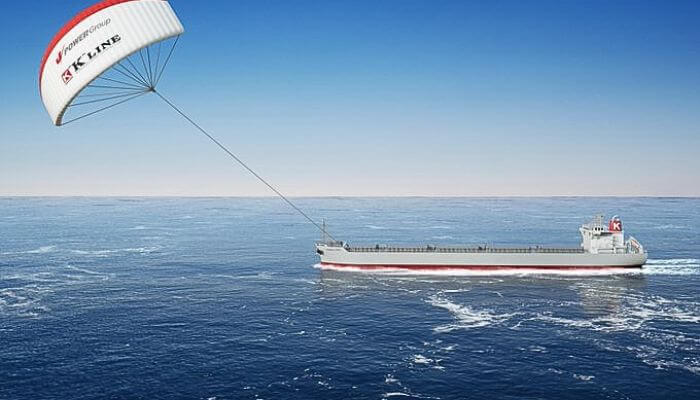
As previously reported by the firms, Seawing is anticipated to lower CO2 emissions from ships by about 20%, and the reduction could be further increased by switching to LNG or another alternative fuel. They claim that the Seawing can be modified to any vessel and that it doesn’t need the ship’s power to function in contrast to rotor sails.
Airseas was worked on in France, and after completing the demonstration testing successfully in 2017, it secured financial aid from Airbus. The firm worked on developing the tech, an automated system that launches the unit’s parafoil wing that is tethered to the vessel’s bow. During flight, the tech monitors the performance, and the wing is auto-steered to improve system power and enable safety. They have anticipated almost 100 tons of traction may be generated.
Following onshore testing, the system has been installed on a 5,200 dwt cargo RoRo, Ville de Bordeaux, run by Louis Dreyfus Armateurs and reportedly chartered by the firm Airbus. The ship reportedly sails transatlantic between the U.S. Gulf Coast and France, transporting Airbus’s components. Testing started in 2022 (toward the end) with the expert team having the 250 m2 version of the wing as well as a 500 m2 version, while the commercial notion calls for a 1000 m2 parafoil to fly at an altitude of 1,000 feet, capturing constant higher altitude winds to aid vessel propulsion.
The initial tests validated the systems: ascent, descent, launch, take-off, and landing. They further reported that Seawing was flying 650+ feet above sea level. On further testing, they said in May last year that they had generated a ton of traction successfully, and by October last year, they had successfully conducted validation testing.
“K” Line had declared that it expected to start testing Seawing on one of the large vessels in 2022, followed by strategies to put the first systems on a vessel by this year. They also expected the system to enter commercial production by this year. JFE Steel had declared its plans to build and operate two vessels of 210,000 dwt due for delivery in 2024 and 2025 outfitted with the Seawing. The first-ever LNG-fueled bulk carrier developed by Nihon Shipyard Co. to be operated by the “K” line was also likely to incorporate the same technology.
Airbus and Louis Dreyfus Armateurs, however, which took part in the validation trials of the Seawing, recently declared that they were building three massive cargo RoRos and chose instead of incorporating the Norsepower rotors to provide wind-aided propulsion.
Reference: Kline
Disclaimer :
The information contained in this website is for general information purposes only. While we endeavour to keep the information up to date and correct, we make no representations or warranties of any kind, express or implied, about the completeness, accuracy, reliability, suitability or availability with respect to the website or the information, products, services, or related graphics contained on the website for any purpose. Any reliance you place on such information is therefore strictly at your own risk.
In no event will we be liable for any loss or damage including without limitation, indirect or consequential loss or damage, or any loss or damage whatsoever arising from loss of data or profits arising out of, or in connection with, the use of this website.
Disclaimer :
The information contained in this website is for general information purposes only. While we endeavour to keep the information up to date and correct, we make no representations or warranties of any kind, express or implied, about the completeness, accuracy, reliability, suitability or availability with respect to the website or the information, products, services, or related graphics contained on the website for any purpose. Any reliance you place on such information is therefore strictly at your own risk.
In no event will we be liable for any loss or damage including without limitation, indirect or consequential loss or damage, or any loss or damage whatsoever arising from loss of data or profits arising out of, or in connection with, the use of this website.
About Author
Marine Insight News Network is a premier source for up-to-date, comprehensive, and insightful coverage of the maritime industry. Dedicated to offering the latest news, trends, and analyses in shipping, marine technology, regulations, and global maritime affairs, Marine Insight News Network prides itself on delivering accurate, engaging, and relevant information.
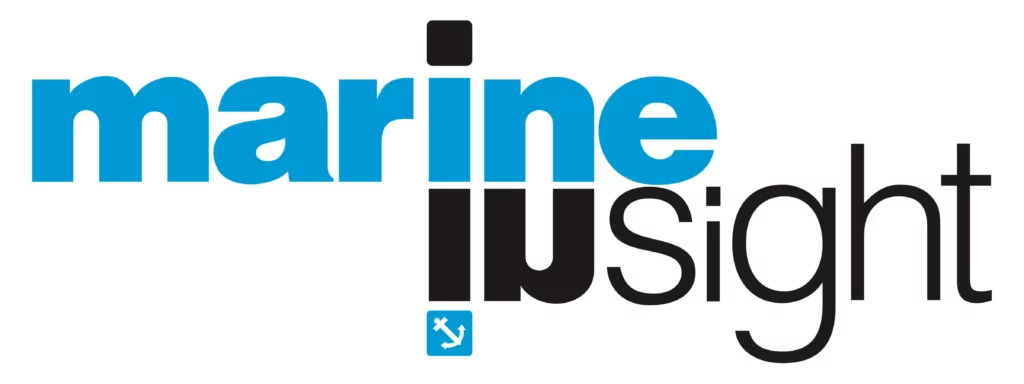
About Author
Marine Insight News Network is a premier source for up-to-date, comprehensive, and insightful coverage of the maritime industry. Dedicated to offering the latest news, trends, and analyses in shipping, marine technology, regulations, and global maritime affairs, Marine Insight News Network prides itself on delivering accurate, engaging, and relevant information.
Do you have info to share with us ? Suggest a correction
Related Articles
Daily Maritime News, Straight To Your Inbox
Sign Up To Get Daily Newsletters
Join over 60k+ people who read our daily newsletters
By subscribing, you agree to our Privacy Policy and may receive occasional deal communications; you can unsubscribe anytime.

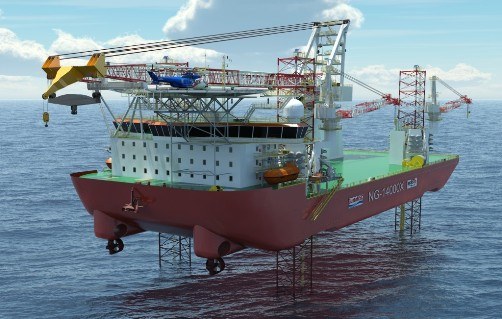
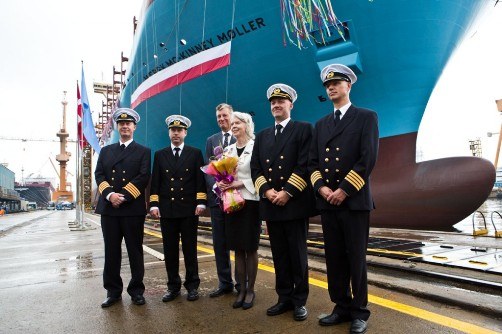
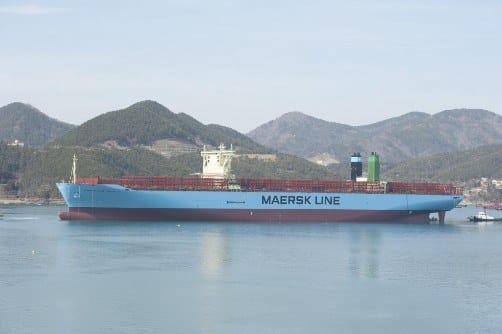
BE THE FIRST TO COMMENT